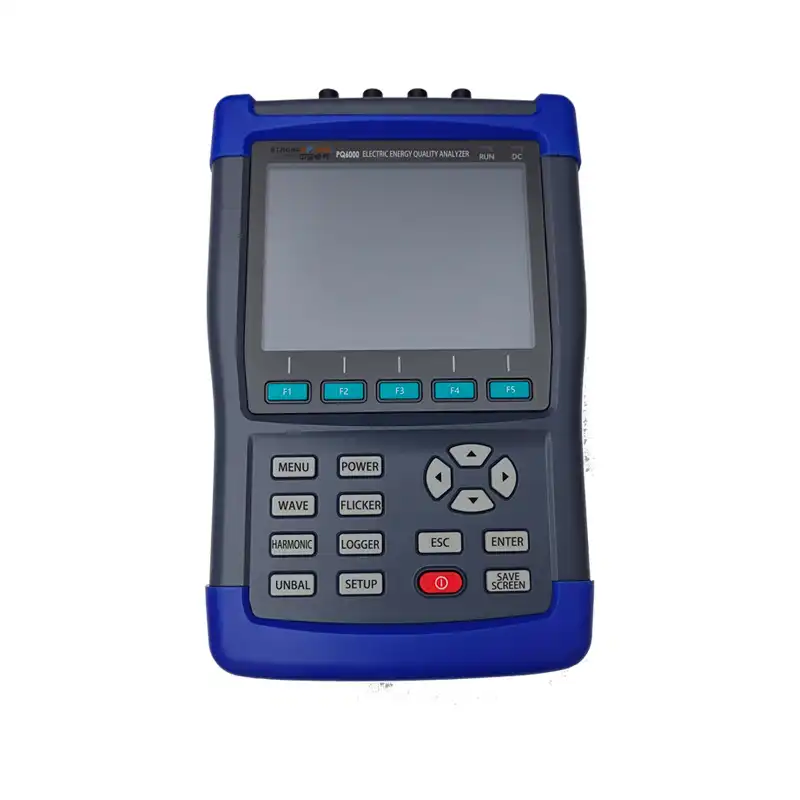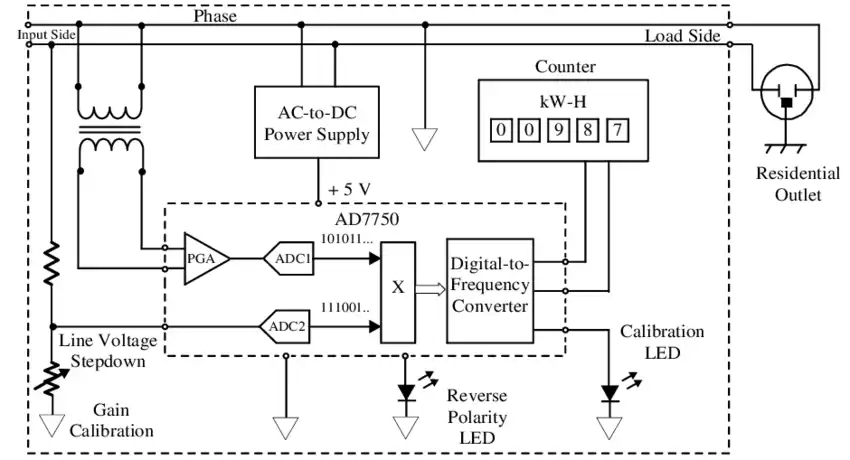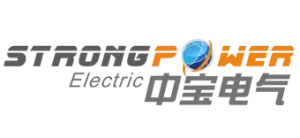Power quality meter market research
What is a power quality meter?
Power quality meters are specialized devices designed to monitor, analyze, and record key parameters related to the quality of electrical power. These instruments play a critical role in assessing essential metrics such as voltage, current, frequency, harmonics, flicker, and other disturbances within power systems. By providing accurate and real-time data, power quality meters help ensure the stability, reliability, and efficiency of electrical networks. As industrial automation, smart grid technologies, and the integration of renewable energy sources continue to advance, the significance of power quality meters in maintaining optimal power system performance has grown substantially. Their ability to detect and diagnose issues such as voltage fluctuations, harmonic distortions, and power interruptions makes them indispensable tools for modern energy management and infrastructure.

What are the functions of power quality meters?
The core functions of power quality meters include:
Power quality monitoring: real-time monitoring of basic parameters such as voltage, current, frequency, and power factor.
Harmonic analysis: detect the harmonic content in the power system and evaluate the impact of harmonics on equipment.
Event recording: record power quality events such as voltage surges, sags, and interruptions.
Energy metering: measure active power, reactive power, apparent power, and power consumption.
Data communication: support multiple communication protocols (such as Modbus, RS485, Ethernet, etc.) to achieve remote monitoring and data transmission.
Report generation: automatically generate power quality reports to help users analyze system problems.

What are the applications of power quality instruments?
Industrial field: used to monitor the power quality of production lines, motors, inverters and other equipment to avoid production interruptions caused by power problems.
Commercial buildings: used to optimize the energy consumption of lighting, air conditioning and other equipment to improve energy efficiency.
Data centers: ensure stable power supply for servers and network equipment to prevent data loss.
Renewable energy: monitor the power quality of distributed power generation systems such as solar energy and wind energy.
Public facilities: used for monitoring and maintenance of power infrastructure such as power grids and substations.
Market size of power quality meters
According to market research data, the global power quality meter market was valued at approximately $1.5 billion in 2022 and is projected to reach $2.5 billion by 2028, growing at a compound annual growth rate (CAGR) of 7.5%. This growth is primarily driven by the following factors:
- The rapid expansion of smart grid infrastructure.
- Increasing demand for industrial automation and advanced energy management solutions.
- Power quality challenges arising from the integration of renewable energy sources into the grid.
Major brands and market share
The major brands in the global power quality meter market include:
Schneider Electric: market share of about 20%, known for its high-end products and solutions.
Siemens: market share of about 18%, with strong competitiveness in the industrial field.
ABB: market share of about 15%, focusing on smart grid and energy management.
Honeywell: market share of about 10%, outstanding performance in the commercial building field.
Fluke: market share of about 8%, famous for its portable power quality analyzers.
Strong Power: As an emerging enterprise, it occupies a certain market share in the Asia-Pacific region.
As an important part of the power system, the functions and technical parameters of power quality meters directly affect the stability and efficiency of the power system. With the rapid development of smart grids, industrial automation and renewable energy, the power quality meter market will continue to grow. In the global market, international brands such as Schneider, Siemens, and ABB dominate, but they are also highly competitive in the Strong Power regional market. In the future, intelligence, high precision and green energy will become the main development direction of power quality meters.



